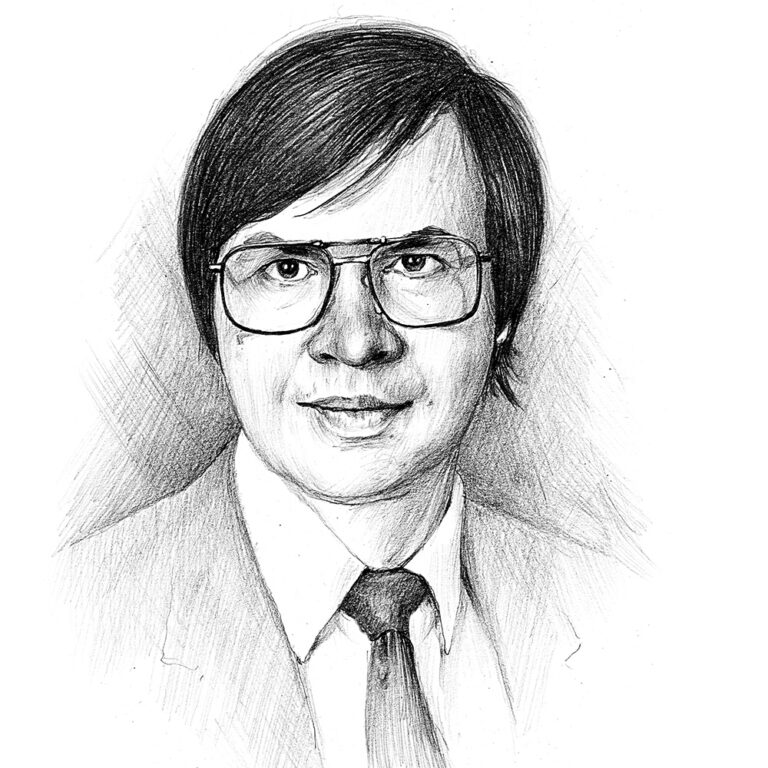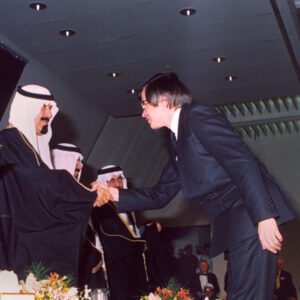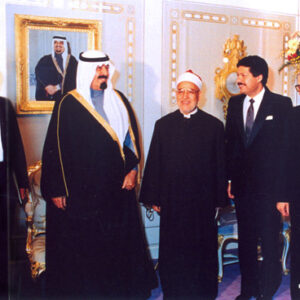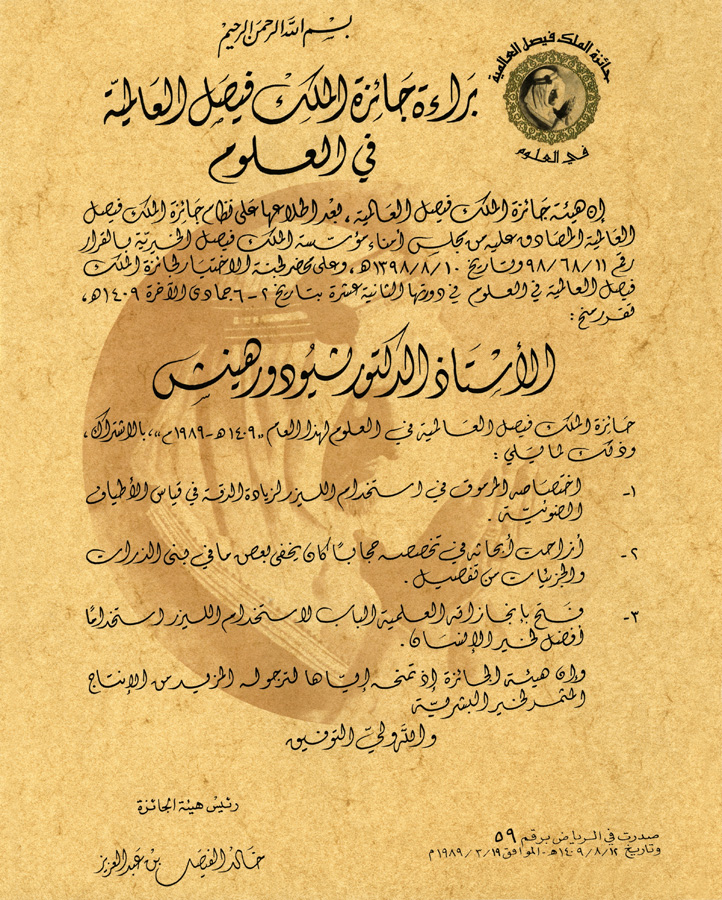

Professor Theodore W. Hanch
King Faisal Prize in Science 1989 Laureate
Topic: "Physics "
High resolution laser spectroscopy of hydrogen continues to hold fascinating challenges

Theodor Wolfgang Hansch received a Diploma in Physics in 1966 and a Doctorate degree in the same field in 1969 from the University of Heidelberg, where he served as an assistant professor from 1969 to 1970. Then, he moved to the USA and served as a Professor of Physics at Stanford University(1975-1986), where he became increasingly involved in laser physics research. Following his return to Germany in 1986, he was appointed as a Director of the Max Planck Institute for Quantum Optics and a Professor of Experimental Physics and Laser Spectroscopy at Ludwig Maximilian University in Munich. He was also a visiting professor at several international universities.
Professor Hansch is a distinguished researcher in laser physics. He developed methods to exploit the unique properties of laser light to eliminate the Doppler broadening of spectral lines. He was able to make widely tunable dye lasers (one of which is known as the Hansch laser) so monochromatic that Doppler–Free saturation spectroscopy could be applied at any wavelength from the near infrared to the near ultraviolet. Using an optical frequency comb generator which he and his group invented in the 1990s, he was able to measure Lyman lines of atomic hydrogen to an extraordinary precision of 1 part in a hundred trillion. Hansch’s studies revised the laws governing atoms, molecules, liquids and solids and led to major breakthroughs in the microscopic world. Professor Hansch authored and co-authored over 150 scientific papers and mentored numerous Ph.D. students and postdoctoral fellows, including the King Faisal Prize and Nobel laureate Carl Weiman.
Professor Hansch’s ground-breaking achievements in the development of laser-based, ultraprecise spectroscopy earned him the respect of the international scientific community and a long list of prestigious prizes, honorary degrees, lectureships, and fellowships of major scientific academies and societies. He also serves on the editorial boards of several physics journals.
Dr. Hansch produced a most important work in laser physics. Before his work, attempts to study the details at atomic and molecular structure were confounded by the Doppler broadening of their spectral signatures. When the Doppler broadening was thus drawn away a bewildering complexity was revealed in the spectra of heavier molecules.
This biography was written in the year the prize was awarded.
- He received many awards including:
- Einstein Prize for Laser Science in 1995.
- Arthur L. Schawlow Prize in 1996.
- Stern-Gerlach Medal in 2000.
- Nobel Prize in Physics in 2005.



